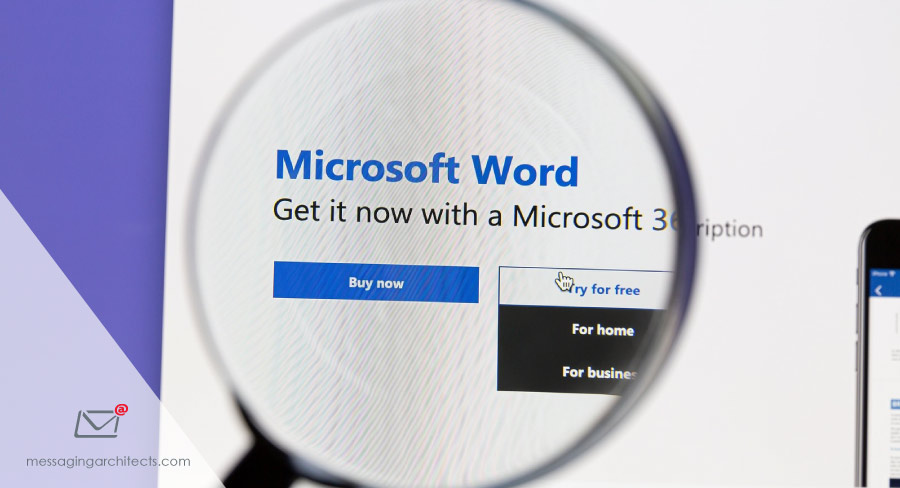The Track Changes feature in Microsoft Word has proven itself a critical collaboration tool for years. The tool allows multiple editors to make changes or add comments to a document. Authors can then accept or reject those changes either one at a time or all at once. Mastering a few Track Changes tips will help teams work more efficiently and take collaboration to the next level.
Choosing What to Display
Sometimes, all the red strikethroughs and underlines can be distracting, and it may seem difficult to tell how the document will look with the edits applied. At other times, authors may want to see edits from one reviewer but not from another. The Track Changes menu includes several options for tailoring the display and toggling between views.
- Clean view, with red lines in the margin to indicate changes – On the Review menu, click Tracking. Then, from the top right dropdown menu, select Simple Markup. The text will appear as edited, with red vertical lines to indicate where changes have been made.
- Detailed view of changes – Newer versions of Word default to Simple Markup. However, you can select All Markup to see a detailed view. This view will show the familiar strikethroughs, underlines and comments. To toggle between Simple Markup and All Markup, you can also click one of the vertical lines in the margins.
- Preview the document with all edits accepted – Select No Markup to see how the document would look if all changes were made permanent. Viewing the document this way does not actually accept the edits.
- View the document with all edits rejected – On the other hand, to view the document without any edits applied, select Original. Again, this simply hides the edits without rejecting them.
- Show or hide edits from individual reviewers – On the Review menu, click Tracking > Show Markup > Specific People. Select the individual reviewers whose edits you want to see.
Track Changes Tips for Accepting or Rejecting Changes
Additionally, Word provides several options for reviewing changes. Most users will find it easiest to show All Markup when reviewing changes.
- Review changes sequentially – To proceed change by change through the document, click at the top of the document. Then select Review > Changes and click either Accept or Reject. Word will take you one by one through the document, allowing you to accept or reject each change. You can also click Next or Prev to bypass an edit.
- Accept or reject a single change – To accept or reject a single change, right-click the change. Then, on the popup menu, click Accept or Reject.
- Accept or reject all changes from an individual reviewer – First, set the display to only show changes from the reviewer(s) you want to address (Review > Tracking > Show Markup > Specific People). Then select Review > Changes > Accept (or Reject) > All Changes Shown.
Reviewing Comments
Comments provide a great way for reviewers to give feedback that does not actually involve editing the document text. They also allow collaborators to have a conversation within the context of the document. To reply to a comment, simply click Reply in the comment balloon. Each comment will show the reviewer’s name.
Reviewers can also edit, delete, or resolve comments. For instance, to quickly delete a comment, right-click the comment tag in text and select Delete Comment from the popup menu. Additionally, a reviewer can select Resolve Comment. This preserves a record of the comment but indicates to the other reviewers that the comment has been addressed.
Hide Changes and Comments When Printing
When printing, users can choose whether or not to include the markup in the printout. By default, printing will include the edits and comments. To change that, select File > Print > Settings > Print All Pages. Under Document Info, deselect Print Markup.

Get the Most Out of Microsoft Collaboration
Microsoft continually improves its collaboration tools. To make sure you optimize your use of them, go beyond Track Changes tips and consider tapping into expert help. The consultants at Messaging Architects bring decades of experience working with Microsoft products. They can help your organization migrate to Microsoft 365, as well as fine tune various settings to collaborate efficiently and securely.








